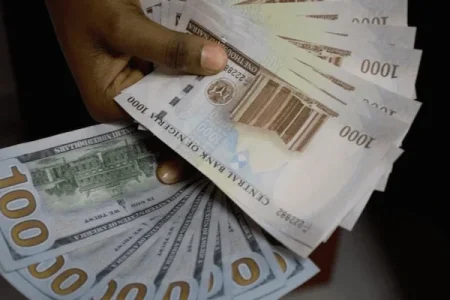
The naira failed to hold the N1,650/$ support line in the official market, closing at N1,652.25/$1. Despite Nigeria’s growing foreign exchange reserves, the currency remains weak due to factors like inflation, low oil production, and high demand for U.S. dollars, contributing to rising import costs.
The naira continues to struggle against the U.S. dollar, failing to maintain the N1,650/$ support line in the official market. The Nigerian currency closed at N1,652.25/$1 on Friday, a slight decline from Thursday's rate. Meanwhile, the parallel market saw the naira plunge to N1,750/$1, marking a significant drop.
This decline follows the naira's weak performance throughout November, despite Nigeria's foreign exchange reserves reaching a 32-month high of $40 billion. However, factors such as rising demand for U.S. dollars, poor oil production, and inflationary pressures have contributed to the naira's continued depreciation.
Since mid-2023, the naira has lost approximately 70% of its value against the dollar. The Central Bank of Nigeria's (CBN) efforts to stabilize the currency through interventions and attractive fixed-income yields have not yielded lasting results. Despite a projected growth rate of 3% for Nigeria’s economy in 2024, the outlook for the naira remains bleak, with forecasts predicting it could reach N1,993/$1 by 2028.
The naira's rapid depreciation is also contributing to higher import costs, resulting in a 20% reduction in merchandise imports in the year leading up to June 2024. The continued weakness of the naira poses a challenge to Nigeria's economic recovery as the country navigates persistent structural issues.




